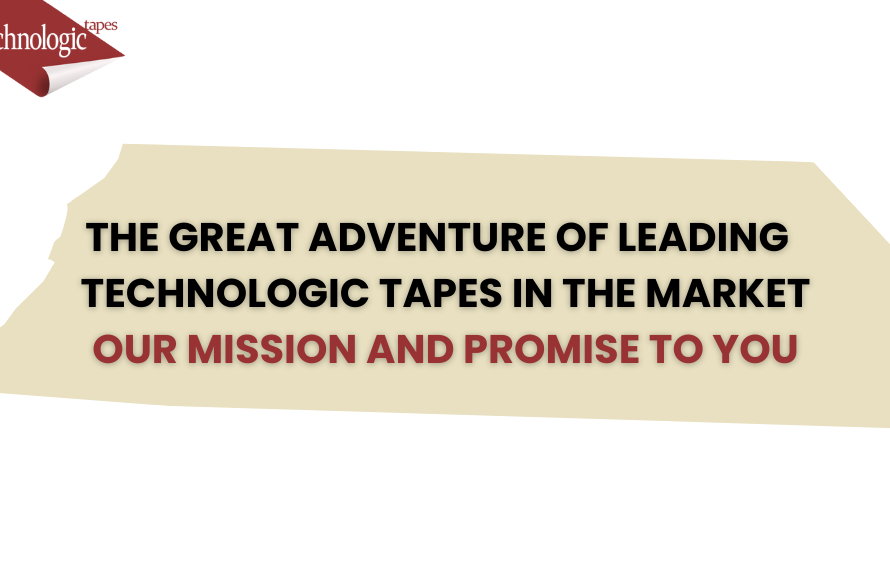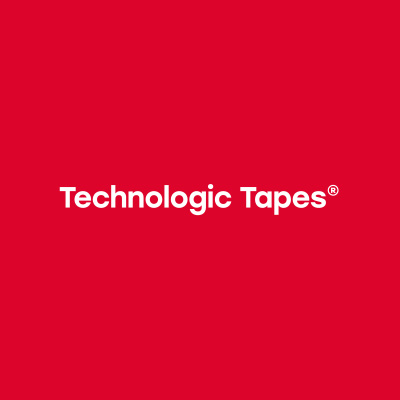You don’t always have the pleasure to meet a professional like Jesús Anguita Carpio. At Technologic Tapes we have been lucky enough to interview him.
Before talking with him, let us tell you more about him:
Jesús Anguita Carpio is a professional with more than 30 years of experience in the flexographic industry as a technical consultant. He is also the writer behind Flexography (2004 – only available in Spanish) and High-quality Flexography (2011 – only available in Spanish) he started his professional career in the company Nordenia Ibérica Barcelona, S.A (1976-2006), in which he became the Manager of the Flexography Business Area.
He has extensive experience in the flexographic industry, not to mention his teaching years at the Antoni Algueró Vocational Training School as the Flexography expert.
Anna: Tell us about your first book, Jesús. I understand it is a benchmark among reference books on flexography.
Jesús: I don’t know if that much (laughs). What I can tell you is that “Flexography” (2004) had a wide circulation within the industry. It even made it to Latin America!
It is certainly a well-known one used as a reference book both by flexographic printers and T&D schools for training their students.
Anna: That does sound like a reference book to me. But tell me, what would you say is the biggest diference between your first book and the one you published in 2011, High-Quality Flexography?
Jesús: Well, High-Quality Flexography is an extensive outlook on the technologies that appeared in recent years within the Flexographic industry. In addition, this one covers the analysis and exam of the latest call to the National Factory of Currency and Stamps.
Anna: Could it be said that reading it is the easiest and safest way to achieve and standarize a high printing quality?
Jesús: Of course, that’s what it is intended for. For the time being, readers are letting me know it’s fulfilling its purpose.
Anna: What information can we find in the book? How can it be useful for an experienced Flexography professional who, in themselves, are already very knowledgeable in their industry and profession?
Jesús: Yes, of course. We are a difficult audience to surprise, but with this in mind, I decided to include information on gearless flexographic machine technologies in the book.
Anna: And for someone who doesn’t yet understand flexography, what are the advantages of knowing this information?
Jesús: I suppose that as with all technology, the main advantage is saving time and production work, as well as achieving improvements in the service itself. They can find topics such as the rapid change of sleeves for cliches and anilox, automatic positioning or registration as well as pressure systems, and cleaning systems shorten setup times.
Anna: Shortening preparation times and the standarization of processes is very important, especially in long run projects. In the end, changes need to be fast. Each time production stops it costs a lot of money.
Jesús: Yes. Time is not exactly what is left over in this profession.
Anna: I have to admit that I have already read the book. I am interested in you telling the reader a bit more about the advantages that new technologies on printing machines you mentioned in the book meant at the time. Can I tempt you to talk about it?
Jesús: Certainly. Printing sleeves allowed a continuous printing of formats at the time, which provided advantages for the printer, such as the elimination of assembly times, excellent ink transfer or registration precision, to mention a few.
As for digital plates, they minimize dot gain, resulting in sharper highlights and higher print contrast. Both products allowed the standardization of processes at the time, still so important today.
Anna: I see, so it’s all advantages. In the book you also talk about double-sided foam adhesive tapes and how they are a key element to achieve quality standards.
Jesús: Well, how couldn’t I? From their first appearance, double-sided adhesive tapes haven’t stopped shaking up (in a good way) the industry. It is used for everything, as you well know. These adhesive tapes also represent a revolution in relation to the quality that you mention.
Anna: Indeed. Se puede afirmar sin duda que la cinta de doble cara es una de las más utilizadas en cualquier sector. Now, without further ado, if you could choose just three of the elements that you mention in your book and that have revolutionized and brought improvements to the industry, what would they be and why? Give us a little summary.
Jesús: You’re making it difficult now Anna. I guess that if I must choose, that would be the ceramic anilox cylinders on the one hand, due to their transfer of ink to the surface of the plate and the increase in rulings and different forms of ink application.
Then, the HD Flexo (high definition) digital plate processing system, which results in a tonal range similar to offset and gravure (> 0% – 100%), which allows working with rulings of 60, 70 , 80 L/cm without the need to increase the ruling of the anilox.
It is also worth mentioning the introduction of Bellissima on the market. This plate processing system with flat dot technology, with which high rulings of 350-450 lpi and high definition prints are achieved, rivals the previous parameters based on new technologies. To be able to digitally analyze every pixel has resulted in extremely high-quality prints and greater stability.
Anna: Sounds good. What about the third?
Jesús: Sure. Finally, the third would be the printing system with hepta-chromia based on seven screened colors (CMYK+RGB). I mention this one because hepta-chromia is ideal for high-quality or colorful work.
Anna: Good choice, but, changing the subject, not everything you talk about in the book is about technology, right?
Jesús: I suspect you already know the answer to that question.
Anna: (laughs) Oh so you see me coming? Yes, I mention this because I think the reader would like to know that you are also talking about a fact that cannot be ignored in the world of Flexography. I’m talking about the ISO 12647/6 flexography norm. This isn’t so much about technology, is it?
Jesús: Not so much, no.
Anna: For the reader that doesn’t know what we are referring to: this is the only international standard for work carried out on flexographic printing. This is process control for the production of halftone color separations, test prints, and production prints. In the book you present its advantages.
Jesús: Certainly. The advantages of implementing the international standard ISO 12647/6 for flexographic printing are obvious, since putting it into operation makes us indirectly adopt a working method and, above all, to have greater control over our production processes, not only in printing but also in the color laboratory (ink preparation and formulation), or in photomechanics.
Anna: Is there any case in which this international standard cannot be implemented?
Jesús: Yes, in the event of optimizing printing qualities based on personal parameters. This is that due to the types of jobs that are printed, with special supports, printing conditions, high-quality screens and ruling, etc. it entails the impossibility of being brought to any standard. Therefore, they are excluded from the standard specifications in the ISO 12647/6.
Anna: What happens then?
Jesús: Well, there are no big changes either because the needs of these companies and particular workflows are the same. However, they also require extreme control of printing to achieve greater reproduction color gamuts and high quality of the final product.
The only thing is that in these cases and to ensure and optimize the quality of the print, procedures have to be developed based on custom-made parameters, in order to establish the optimal printing characteristics and conditions for a specific and specific work system.
Anna: So, what you are saying is that as long as we go through “measurable parameters” we will be able to define and control the standards of each printer.
Jesús: Couldn’t have said it better myself.
Anna: Great, because the last thing you mentioned is a bit related to the last thing I wanted to talk to you about. In the book you assert something that I really like: in flexography it is customary to say that the only constant there is is the large number of variables that exist in the process and that, therefore, it is logical to affirm that the final quality of the print will depend on the control we have over these variables.
Jesús: Exactly. It is something that is said, and it is something that I reaffirm. Those of us who have worked in the sector know that the organization of technical processes and procedures in each of the work areas makes more sense than ever.
Anna: But doesn’t that throw away the usefulness that you talk about in the book about new technologies for flexography?
Jesús:On the contrary, I try to give one last message: on many occasions, a higher print quality or the optimization of production times does not happen precisely by incorporating the latest technologies or the latest generation machinery equipment, but rather, by organization of production and for a more efficient quality management.
Not to forget the continuous training of all the personnel involved in the flexographic process either, in order to raise their professional level that allows them to correctly apply the new available technologies.
Anna: So you mean that everything is part of the same structure, right?
Jesús: Exactly. In flexography, everything and everyone is one.
OUR BIT
I would not like to dismiss this interview without mentioning that the book “High Quality Flexography” provides flexographic professionals, since its publication in 2011, with tools that allow them to know and control all the variables that affect print quality.
Technologic Tapes encourages the use of this book for those professionals who live every day in this fascinating world. We apply its tips and guidelines with great results. Always with the same goal: to offer the best service to our clients.
If you have any questions you can reach out and we’ll help you in your search. At the end of the day, we are specialists in technical adhesive tapes. In our team we have professionals with more than 35 years of experience to provide solutions to the most complex applications.



